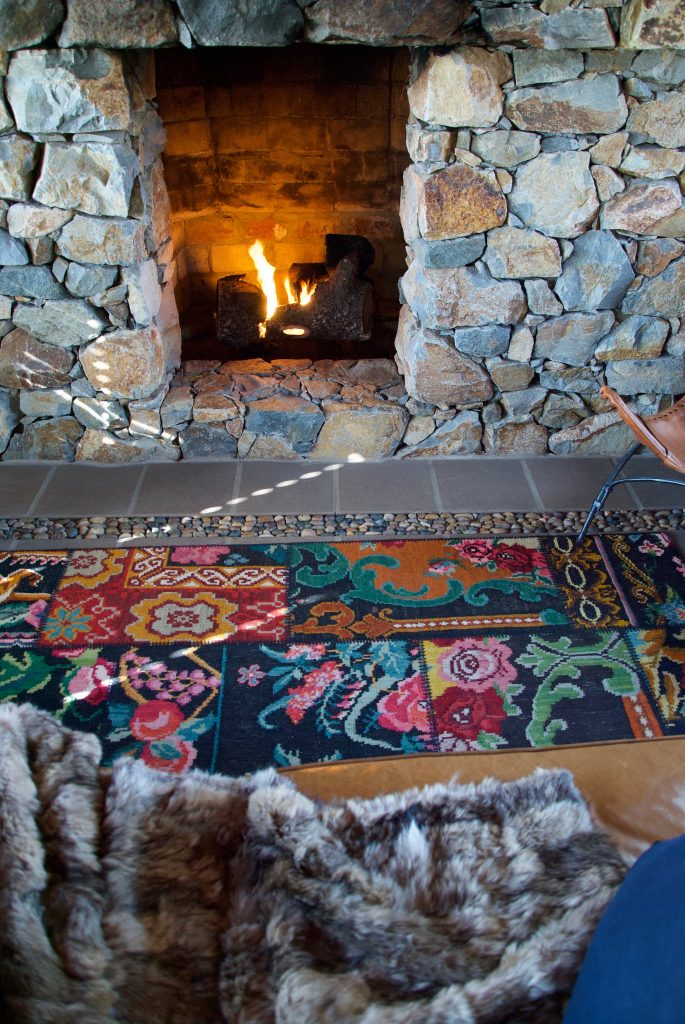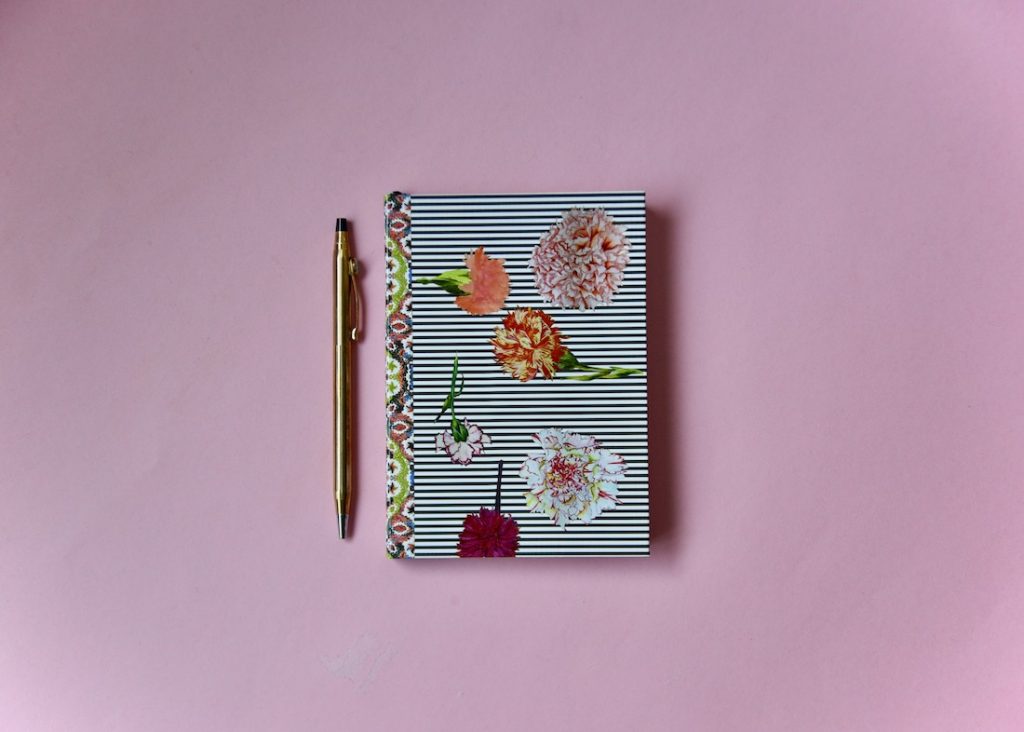Here’s a novel idea: consider that self-care alone might not be enough to truly resolve your inner feelings of stress and wellbeing. This is because many wellness experts talk about “self-care” when what most people really need is the ability to “self comfort.”
Self-care is all the usual stuff— diet, exercise, meditation, time with friends, etc— the important “me” time that you need to restore. This is when you “rest and digest”– the opposite of a “fight or flight” response.
Self comfort, on the other hand, is more nebulous. Self comfort can loosely be described as those little mind tricks we play with ourselves to bring ourselves back to a place of ease when we’re stressed or scared. It’s a conscious, constructive behavioral practice that serves us better than mere self-care can in the long run.
Think about how a baby learns to self-soothe. There’s a period of time in every child’s life when their parents experiment for small bits of time with letting their baby “cry it out.” (Or at least that’s what many pediatricians recommend.)
Beginning with just a few brief moments, parents let their babies cry— so that the child can fully experience their discomfort in order to reconcile it— before sweeping in to provide comfort.
***

Over time, children learn to practice palliative self-comfort on themselves. They suck a thumb, sing to themselves, fall asleep regardless of circumstances, etc.
We as the conscious community of adults will never really know what goes on inside their heads, but consciously or not, babies eventually learn to cope with feelings of dis-ease in whatever way they can. However, as a practice, this self-comforting behavior is something most adults fail to consciously maintain.
As we grow up, we lose touch with the early cognitive learning that necessitates learning to cope, and fast. This is in part because we get so good at taking care of our physical selves.
We learn how to feed ourselves, we turn up the temperature if we are cold, we go to the doctor if we don’t feel well. Often, we outsource the problem to a person or product that can fix our feelings for us.
But by so doing, we ignore our own, deep-seated ability to comfort ourselves when we are struggling with something internal. This is particularly true when we are dealing with uncomfortable emotions like fear, anger, sadness, or stress.
When’s the last time you allowed yourself to be truly immersed in discomfort, without trying to run away, ignore, stifle, avoid, numb, or distract yourself from it? Think about this for a moment. We all do it.
Sitting with uncomfortable feelings for very small periods of time—and then increasingly larger periods of time– allows us to radically accept them. (<— This is a principle borrowed from Dialectical Behavioral Therapy.) This exposure and self-reflection in turn lead us to understand the source of our feelings.
Even if we don’t have a plan for how to cope, this “exposure therapy” of sorts teaches us how to self-soothe, especially when practiced regularly over time. This is peak self-comfort— learning to be okay with yourself in the world. And being okay with yourself is a bedrock tenet of happiness. Thus, if you actively practice self-comfort, you can get more mileage out of self-care— and life itself.

***
Putting Self-Comfort Into Practice
So what does self-comfort look like? It varies from person to person and problem to problem. It could look like spending a few minutes in meditation, journaling, yelling into a pillow, discussing your feelings with your friends and family (however uncomfortable or awkward this may be), or writing down a few truths about yourself and your life on a piece of paper.
For me, meditation and talking to my friends and family about what is bothering me work best. When I’m feeling anxious, I like to “out” myself by going to my partner and saying, “I’m feeling anxious about X.”
^ Often, the very act of saying these words out loud serves as a form of release, and I realize how silly or unhelpful these thoughts were in the first place. When simply speaking my concerns aloud is not enough, my partner can usually offer a counter-argument or soothing perspective that helps calm me down. This, in turn, is a vehicle to my own self-comfort.
Ultimately, self-comfort is anything that gets you in touch with yourself and your feelings, so that you can properly address them and learn to soothe yourself. After I speak to a loved one about my worries, I like to do a guided meditation to break up the physical jitters or tension I might be feeling in my body. This 1-2 punch is my own personal protocol for self-comfort. Do you know what yours looks like?
Often, the practice of self-comfort will get your more in touch with how to name your emotions.
We tend to think that what is bothering us in moments of stress is very obvious. But often, feelings of stress and overwhelm are only the surface manifestation of something more deep and fundamental to our being. Self-comfort helps us figure out what these feelings are, so that we can release them and feel lighter and happier in the long run.
***
Related: Try our 5-Step Method for Identifying Misplaced Emotions.
10 Research-Backed Anxiety Hacks Every Nervous Person Should Know.

Leave a Reply